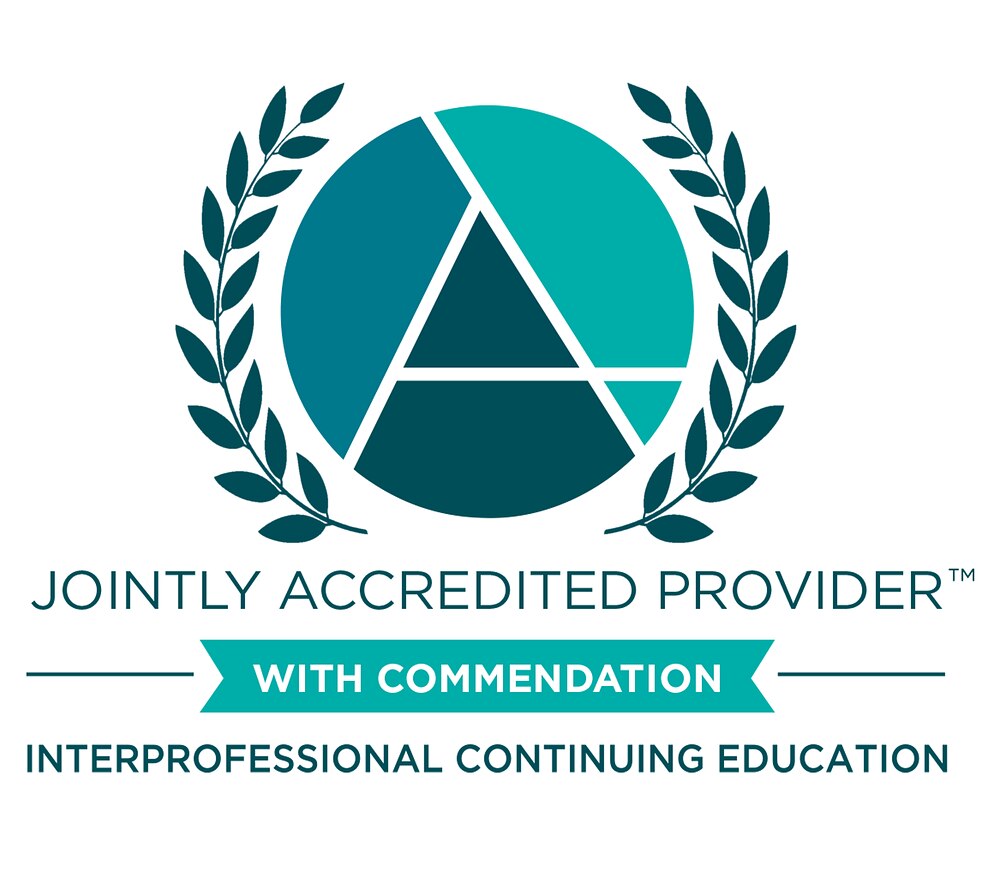Advancing Oral Health Equity Through Increased Awareness of Healthcare Provider Stigma Among Dental Professional Learners Through Interprofessional Collaboration and Community & Patient Engagement
Healthcare provider stigma is a systemic barrier to equitable care and widens healthcare disparities. 20-50% of persons living with HIV do not access the oral health services they need. Research shows healthcare professionals who hold stigmatizing attitudes towards PLWHA commonly manifest it in clinical encounters. Interprofessional collaborative, community, and patient engagement educational interventions help shape the attitudes and behaviors of the future oral healthcare professional workforce. Reduction in healthcare provider stigma begins in dental education through increasing awareness of it and its impact on oral health outcomes. This seminar will demonstrate the positive impact of stigma awareness intervention. It will begin with background information, defining healthcare provider stigma, it’s impact on clinical care and outcomes, and why provider stigma awareness and reduction training and interventions are necessary to improve patient care, experience, and outcomes. Next, learners will be given a rubric to help them identify stigma barriers of care that may exist for their patient population and to identify people in their area to create interprofessional collaboration and community engagement to help increase awareness of HCPS. Learners will review tools to help healthcare providers identify and reflect on their potential stigma attitudes and to create opportunities to recognize that what they know intellectually and scientifically may not be congruent with what they feel emotionally, showing up negatively in patient care encounters. Finally, the interprofessional and community collaborative intervention developed and implemented will be discussed followed by evidence of its effectiveness.
The summit theme will be addressed by demonstrating how interventions can be interprofessionally and collaboratively designed to increase awareness of stigma barriers to care in order to advance health for all. After attending, learners will be able to identify potential attitudinal care barriers existing in their setting, potential interprofessional and community collaborators including existing clients, patients, and customers that could help increase awareness of the attitudinal barriers that may exist among their health care providers, and innovative ways to encourage behavior change among care providers through interprofessional and community collaborative efforts. The participants will leave with strategies and actionable rubrics to help identify barriers to care for their patient population and how to identify the best interprofessional and community collaborators. Using MindMeister, a virtual mind mapping collaborative tool, participants will engage as they identify attitudinal care barriers in their own communities, potential interprofessional & community collaborators and corresponding interventions to achieve awareness of and reduction in care barriers. This seminar fulfills the priority criteria. It includes interprofessional collaboration, community engagement through participation of patient advocates and patients as teachers for health care provider students. The attendees will experience meaningful engagement as they learn translational strategies and apply the information and intervention steps to their respective areas and organization. Measurable learning outcomes will be presented as analyzed data using the Wilcoxon test, effect size, and paired sample t-tests demonstrating the effectiveness of innovative strategies that are scalable. This addresses the Quadruple aim of enhancing patient experience, improving population health, increasing value, and improving the emotional wellness of the health care team.
In support of improving patient care, this activity is planned and implemented by The National Center for Interprofessional Practice and Education Office of Interprofessional Continuing Professional Development (National Center OICPD). The National Center OICPD is accredited by the Accreditation Council for Continuing Medical Education (ACCME), the Accreditation Council for Pharmacy Education (ACPE), and the American Nurses Credentialing Center (ANCC) to provide continuing education for the healthcare team.
As a Jointly Accredited Provider, the National Center is approved to offer social work continuing education by the Association of Social Work Boards (ASWB) Approved Continuing Education (ACE) program. Organizations, not individual courses, are approved under this program. State and provincial regulatory boards have the final authority to determine whether an individual course may be accepted for continuing education credit. The National Center maintains responsibility for this course. Social workers completing this course receive continuing education credits.
The National Center OICPD (JA#: 4008105) is approved by the Board of Certification, Inc. to provide continuing education to Athletic Trainers (ATs).
This activity was planned by and for the healthcare team, and learners will receive Interprofessional Continuing Education (IPCE) credit for learning and change.


Physicians: The National Center for Interprofessional Practice and Education designates this live activity for AMA PRA Category 1 Credits™. Physicians should only claim credit commensurate with their participation.
Physician Assistants: The American Academy of Physician Assistants (AAPA) accepts credit from organizations accredited by the ACCME.
Nurses: Participants will be awarded contact hours of credit for attendance at this workshop.
Nurse Practitioners: The American Academy of Nurse Practitioners Certification Program (AANPCP) accepts credit from organizations accredited by the ACCME and ANCC.
Pharmacists and Pharmacy Technicians: This activity is approved for contact hours.
Athletic Trainers: This program is eligible for Category A hours/CEUs. ATs should claim only those hours actually spent in the educational program.
Social Workers: As a Jointly Accredited Organization, the National Center is approved to offer social work continuing education by the Association of Social Work Boards (ASWB) Approved Continuing Education (ACE) program. Organizations, not individual courses, are approved under this program. State and provincial regulatory boards have the final authority to determine whether an individual course may be accepted for continuing education credit. The National Center maintains responsibility for this course. Social workers completing this course receive continuing education credits.
IPCE: This activity was planned by and for the healthcare team, and learners will receive Interprofessional Continuing Education (IPCE) credits for learning and change.
Learners can claim CE credit by completing the Daily Evaluation.


